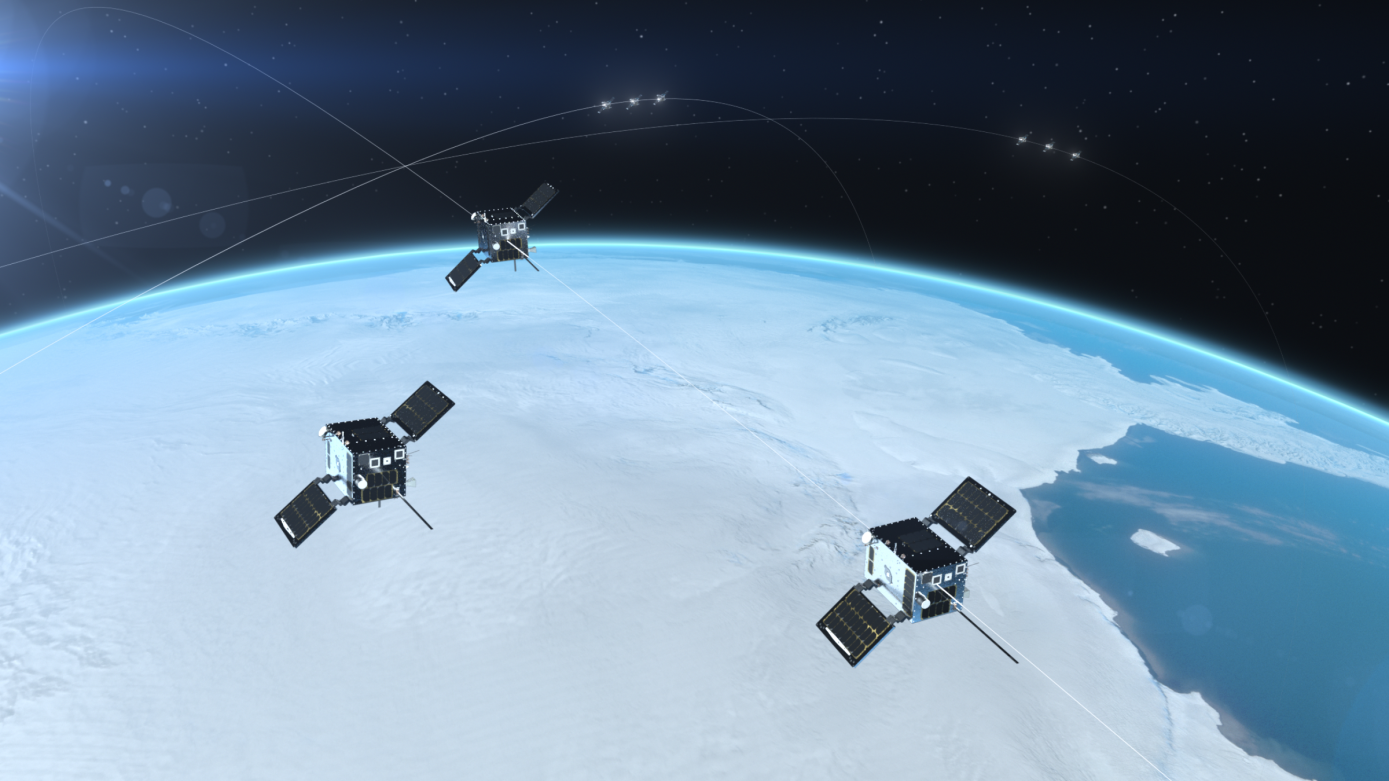Aria Alamalhodaei@breadfrom / 11:04 PM GMT+4•November 8, 2021
The biggest players in the Earth observation industry use imaging satellites to deliver intelligence and analytics, but startup HawkEye 360 is taking a different tack. The company monitors radio frequency (RF) signals, like those emitted by marine radios or emergency beacons, on the premise that invisible electromagnetic spectrum is as ripe for information as the visible world.
Investors agree, to the tune of $145 million in new funding as part of HawkEye’s Series D round. The round was led by Insight Partners and Seraphim Space Investment Trust, with additional funding from United Arab Emirates-based Strategic Development Fund. New investors Jacobs, Gula Tech Adventures, 116 Street Ventures and New North Ventures also participated, as well as existing investors Advance, Razor’s Edge, NightDragon, SVB Capital, Shield Capital and Adage Capital.
Since its founding in 2015, HawkEye has already racked up a large network of partners and has launched nine satellites in orbit. Unique to its constellation is that the spacecraft fly in clusters of three, an architecture that CEO John Serafini said allows the company to geolocate the RF signals. An additional seven clusters — 21 satellites — are financed and under development; the company aims to launch those to orbit by the middle of 2023.

Much of the geospatial intelligence industry is bifurcated between companies that own satellites and collect data, and companies that buy that data and convert it into intelligence, Serafini explained. Instead, HawkEye has positioned itself as fully vertically integrated from the start, building the payload in-house, operating the spacecraft, processing the data and applying its own data analysis and selling that intelligence to customers under a software-as-a-service model.
HawkEye is also focusing specifically on government applications, with the U.S. government and international defense and intelligence customers.
“We wanted to be very clear that the value proposition of commercial RF lends itself to defense, security, intelligence [and] some civil applications, and we wanted to build our DNA uniquely to make those government customers successful,” he said. “I have a saying that you can’t minor in U.S. government sales. You have to be all-in.”
The company works with a satellite manufacturer, Toronto-based UTIAS Space Flight Laboratory, to integrate the payload to the satellite. Most recently, a trio of satellites was launched at the end of June aboard a SpaceX Falcon 9 rideshare mission, reaching orbit using Spaceflight’s Sherpa-FX orbital transfer vehicle.
Since the start of this year, HawkEye has secured $50 million in contracts. Looking to the future, the startup wants to use the new funding to double the size of the planned constellation, from 10 clusters to 20, which Serafini said would provide a revisit rate of around 12 minutes to nearly anywhere on Earth. HawkEye also plans on branching into spacecraft assembly in parallel with the partnership with Space Flight Lab, in order to scale its constellation even faster.





